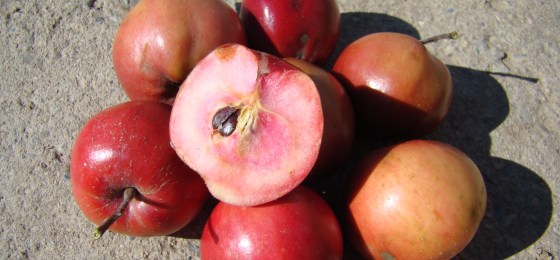
In News
A plant that is traditionally known to repel herbivores is now found to have medicinal use for humans.
In-Detail
- A botanical study conducted by four plant specialists from India found that the volatile chemicals found in the leaves of six species of Garcinia plants are good for human consumption.
- The six species are: Garcinia morella, Garcinia dulcis, Garcinia xanthochymus, Garcinia assamica, Garcinia lanceifolia and Garcinia pedunculata.
- There are some 250 species of
trees from the genus Garcinia.
These are distributed across southeast Asia, the Indian subcontinent and tropical Africa. - In India, there are 44 species and 19 are from the north-east region of the country.
- The species Garcinia assamica was recently found in Assam’s Manas National Park. Only a few trees were found in the park.
Volatile Compounds
- From the essential oils of the six species, the researchers have identified 64 volatile compounds.
- The major compounds were (E)-caryophyllene, a-copaene and b-selinene.
- (E)-caryophyllene is found to be the moot compound that retards the growth of other plants in the vicinity of the tree and also is the reason for repulsing herbivore attacks.
- The medicinal use of the compound is already known.
- It possess anti-carcinogenic, anti-fibrotic, anti-inflammatory, anti-cancer, anxiolytic, antioxidant, antimicrobial, anaesthetic, and other biological activities.
- Earlier, the genus Garcinia is known to possess therapeutical substances that exhibit antioxidant and anti-inflammatory properties.
- Owing to their health benefits, nurseries of Garcinia plants are being raised as a commercial crop in Assam. Traditionally, the fruit of the plant is used in Assam for treating dysentery and diarrhoea.
- The researches note that the plant products can be marketed as an anti-obesity agent.

Leave a Reply
You must be logged in to post a comment.